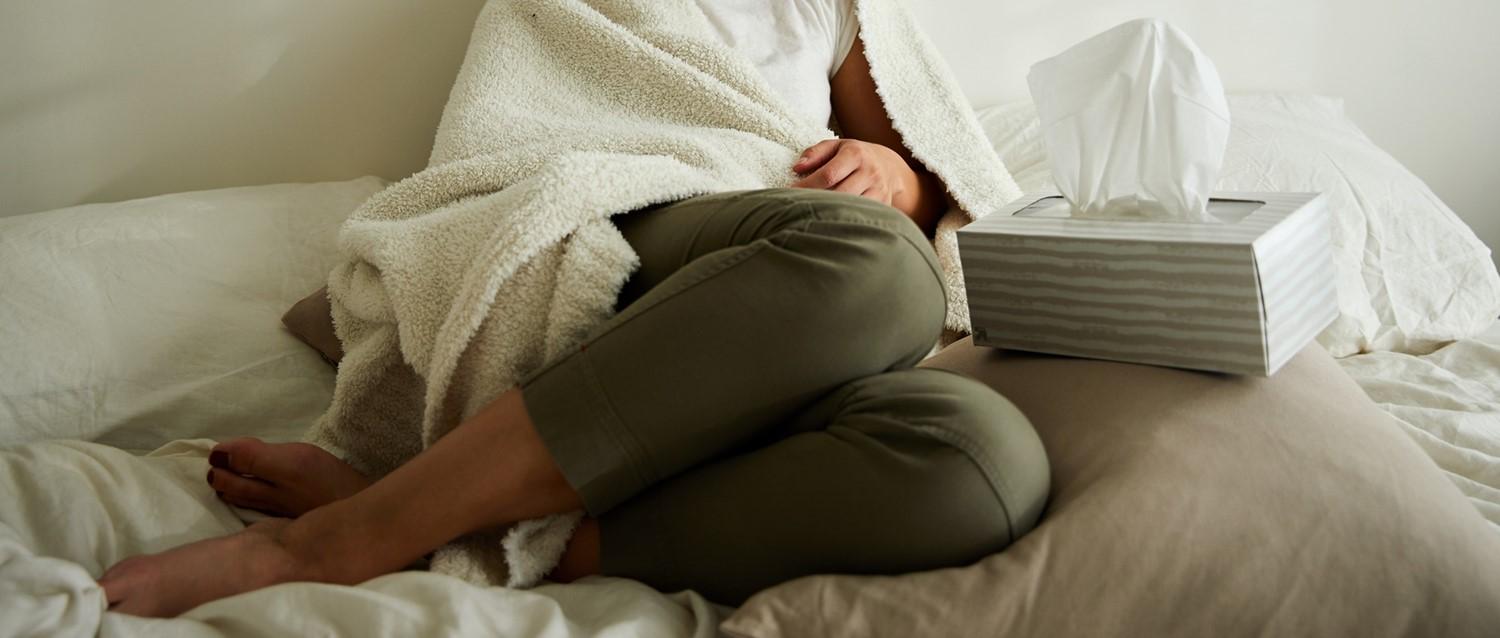
Coronavirus: what are moderate, severe and critical COVID-19?
Peer reviewed by Dr Sarah Jarvis MBE, FRCGPLast updated by Dr Mary Elisabeth Lowth, FRCGPLast updated 1 Apr 2020
Meets Patient’s editorial guidelines
- DownloadDownload
- Share
- Language
- Discussion
Whilst the majority of people experience a mild or asymptomatic coronavirus infection, some people will have far more serious and even life-threatening symptoms and complications.
In this article:
Use Patient's coronavirus checker tool if you have any symptoms of fever or a new cough. Until you have used the tool and been advised what action to take, please stay at home and avoid contact with other people.
Cases of coronavirus and COVID-19 can generally be categorised into five groups:
Asymptomatic
Mild
Moderate
Severe
Critical
In the first of this series of two articles we looked at asymptomatic and mild infections. In this feature we will explain moderate, severe or critical coronavirus and COVID-19.
Continue reading below
Moderate COVID-19
If your illness gets a worse than the mild categorisation then you may move towards being a moderate case, with inflammation lower down in the lungs, so lung symptoms like cough are more marked.
The lungs consist of large airways (bronchi), smaller airways (bronchioles) and the tiny air sacs on the end (alveoli) where oxygen is extracted from the air. They contain a fluid called surfactant which keeps the lungs stretchy and compliant and helps keep the air sacs open. Patients with moderate COVID-19 may have inflammation moving down into the bronchioles. They are more breathless and tend to have an increased heart rate, particularly if they are moving around.
With moderate COVID-19:
You may have a more troublesome cough than those with mild symptoms.
Your temperature is more likely to reach or exceed 37.8°C.
You may be breathless on exercise, even on walking up the stairs, but not to a degree that alarms you, and if you potter around your house or sit still you are not breathless.
It may be a little sore to keep coughing but you are not in pain.
The cough may be, for a few days, very persistent, coughing many times an hour.
Your sleep may be slightly disturbed by your cough, but you do get some sleep, and you are not breathless in bed.
You may get diarrhoea. Nausea and vomiting are, however, unlikely.
You may have a headache, particularly if you are hot.
You may show early signs of inflammation of your lungs - you are more breathless than a mild case, where breathlessness is only slight and on exercise.
You may feel tired, but still able to move about your own home comfortably, and you can shower and self-care if you must, even though you may not want to.
You may feel dry-mouthed, from breathing through an open mouth. But when you pass urine it is still pale yellow, the colour of a glass of lager, so you are not dehydrated.
You can sit and watch TV or read a book without feeling you are struggling to breathe, or worrying that you can't breathe.
If you talk to others, nobody thinks you are confused or not making sense.
You may be able to prepare your food and drink, or you may feel too weary to do so, but you are still able to eat, even if it is less than usual. Your ability to eat is not prevented by the need to breathe.
For a few days you may feel so tired that you want to stay in bed.
You may feel miserable, weepy or low.
Moderate COVID-19 is very common. It seems to last about 7-14 days.
Seek medical advice by phone immediately if:
You have these symptoms but you are becoming increasingly breathless.
You cannot manage basic things like showering and eating.
You cannot speak in whole sentences without taking extra breaths.
You should call NHS 111 (or the relevant number for your region) to speak with a nurse.
If you are too breathless to talk to someone on the phone, or your breathing is becoming rapidly harder and faster at rest, call 999 or get someone to do it for you.
Severe COVID-19
Severe COVID-19 means that you have pneumonia, which is inflammation (caused by infection) of the lungs themselves, right down into the tiny air sacs (alveoli).
Severe COVID-19 is much more likely if you are older or have any of the health conditions that make you vulnerable. Severe COVID is not impossible in the healthy but it is much less common.
Patients with severe COVID are very breathless (and may be unable to breathe at a comfortable rate on slight moving around or even at rest) and breathe faster than usual, even when sitting still. People with severe COVID cannot finish a sentence without extra breaths. They may even avoid speaking. Their oxygen levels may have fallen so the urge to breathe faster is strong.
Doctors will measure breathing rates when assessing this condition. Normal adults breathe at about 12-18 breaths per minute when they are not thinking about it. In pneumonia the rate rises, sometimes markedly. (Note: these are adult rates. Young children breathe much faster than adults.)
If you think that you or someone you know have symptoms like this you should seek urgent medical help by telephone. You can call NHS 111 or the relevant number for your region.
If you are too breathless to talk to someone on the phone, or your breathing is becoming rapidly harder and faster at rest, call 999 or get someone to do it for you.
In severe COVID-19:
You are noticeably breathless and you can do very little.
You may be breathless, even when sitting still.
You may be unable to complete a sentence when speaking.
You may feel you are having to work hard to breathe.
Your chest, tummy or back hurts when you breathe.
Your temperature is high.
Your chest is tight, as if you can't expand it properly.
You can't keep up with your breathing, as if you had just sprinted hard (except you haven't).
You are not eating or drinking normally.
You can't read or watch TV because you are too focused on breathing or feel too unwell.
Others think you are confused.
Other common symptoms of COVID-19 pneumonia include (and you do not have to have all or even most of them):
Rapid and shallow breathing.
Rapid heartbeat.
Unwell appearance.
Lowered blood pressure.
Continue reading below
Critical COVID-19
In severe pneumonia, a condition called ARDS (acute respiratory distress syndrome) can develop. The small air sacs in the lungs become so inflamed and wet that they tend to stick shut, and surfactant cannot do its job as there is too much inflammatory fluid in the alveoli responding to the virus. You need help with inflating your lungs. This is what a ventilator is for. People with critical COVID-19 are very unwell.
The most critical of all of these patients develop sepsis, and other bodily organs stop working - a very dangerous situation for the body.
The chances of this happening to any previously healthy individual are extremely low, but not zero. Whilst the vast majority of healthy younger people do not develop critical COVID-19, you can never say never in medicine. Worldwide amongst the hundreds of thousands of cases, there have been some young people who have become extremely sick, and even some who have died.
The majority of elderly patients also do not develop critical COVID-19, but a significant proportion do. The risk rises with age and with the health conditions that we know make you vulnerable.
The number of COVID-19 cases that we now have in the world means that even a small percentage of patients developing sepsis makes for a large number of patients. You can survive critical COVID-19 with help from intensive care, but even that is not always enough, as we are seeing worldwide.
The difference between severe and critical COVID-19 is one a hospital healthcare professional will make. Both need to be treated in hospital urgently.
You should call 999 or the relevant emergency number for your region immediately if you think you or someone you know have the symptoms of severe or critical COVID-19. Inform the call handler that you think you have coronavirus or COVID-19 symptoms.
Dr Mary Lowth is an author or the original author of this leaflet.
Patient picks for General information

COVID-19
Does diabetes increase your risk of coronavirus?
We know that certain underlying health conditions increase your risk of having a more severe case of coronavirus. So do people living with diabetes need to take extra precautions to keep themselves safe during the pandemic?
by Milly Evans

COVID-19
What are the long-term health impacts of coronavirus?
In some COVID-19 patients, post-viral illness continues for weeks. But with a wide variety of symptoms, doctors and researchers are now racing to produce clear guidelines on what patients should expect in the long term.
by Ellie Broughton
Continue reading below
Article history
The information on this page is peer reviewed by qualified clinicians.
1 Apr 2020 | Latest version

Ask, share, connect.
Browse discussions, ask questions, and share experiences across hundreds of health topics.

Feeling unwell?
Assess your symptoms online for free
Sign up to the Patient newsletter
Your weekly dose of clear, trustworthy health advice - written to help you feel informed, confident and in control.
By subscribing you accept our Privacy Policy. You can unsubscribe at any time. We never sell your data.